Full Depth Reclamation (FDR) and Cold Central Plant Recycling (CCPR) allowed the Indiana Department of Transportation (INDOT) to repair and upgrade a major collector in Northeast Indiana.
FDR is a in-place recycling method for reconstruction using the existing pavement section materials as the base for the new roadway surface. FDR offers many benefits including reduced costs for the added structural benefits, and an expedited schedule. FDR allows you to conserve raw materials and protect against needless waste.
CCPR is an asphalt recycling process that takes place at a central location using a stationary cold mix plant and an existing stockpile of reclaimed asphalt pavement (RAP). CCPR methods are used when existing pavement cannot be recycled in-place due to logistical reasons or because the pavement must be removed to allow treatment of underlying materials. Some benefits of CCPR typically includes being 20-50 percent less expensive than conventional maintenance, reducing greenhouse emissions by up to 50 percent, and reusing 100 percent of existing materials.
State Route 101 Background
State Route 101 is a major collector roadway for US-24 in the Fort Wayne District of Northeast Indiana. The original plan to fix the roadway was to treat it with a single life of hot-mix asphalt (HMA) overlay with excessive localized full-depth patching. This section of SR 101 is 8.6 miles long and known for being heavily traveled by horse-drawn buggies from the surrounding Amish communities.
Problem
The existing asphalt pavement was experiencing age-related distresses and fatigue. It had an average International Roughness Index (IRI) of 153 inches and 31 percent of the roadway surface was in poor condition. Past chip seals that were placed also created delamination and potholes on the roadway. Due to the delamination and potholes, INDOT was performing yearly patching jobs to maintain a rideable surface. Other issues that occurred throughout the yearly projects were rutting up to one inch deep, lack of a crowned cross slope, and drainage issues. INDOT’s main concern was the lack of shoulders on the roadway to improve safety for those traveling by buggy.
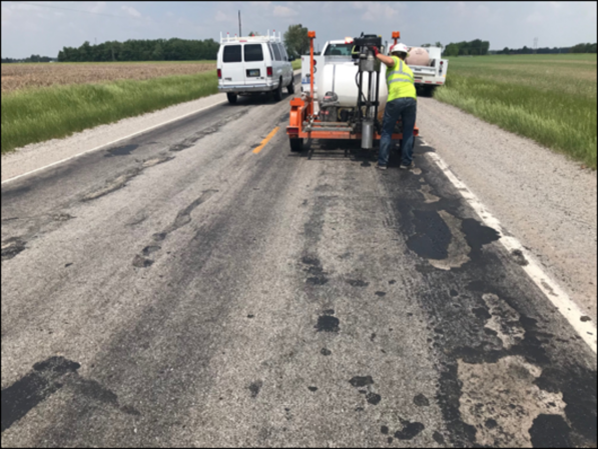
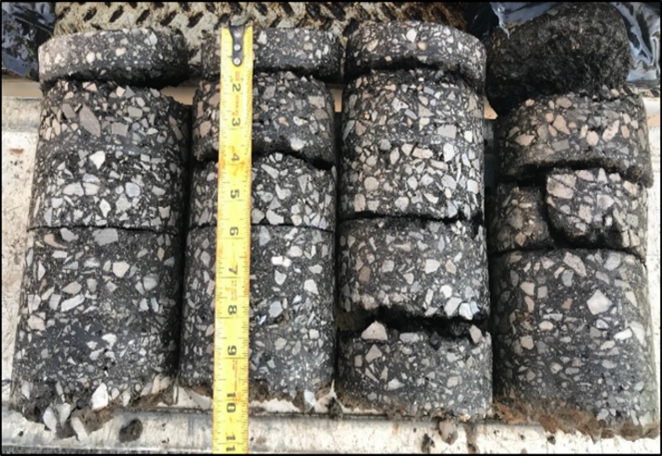
INDOT asked: What approach could we take to reduce cost, reuse owned material, and have the same results as a traditional reconstruction with full depth HMA?
Heritage Research Group (HRG) sampled the pavement, and investigation revealed that bottom-up cracking was beginning to propagate to the surface. Delaminated, unbound layers, asphalt stripping, and cracked underlying layers were also observed during sampling. It became evident that reconstruction would be necessary to treat the roadway and restore it to a good, safe, rideable condition.
Solution
The project began by milling off the top eight inches of existing pavement and stockpiling the asphalt milling nearby at a central location. Then the cement FDR was performed on the existing asphalt remaining, the existing base, and the subgrade to a final depth of 10 inches and to a final width of 26 feet.
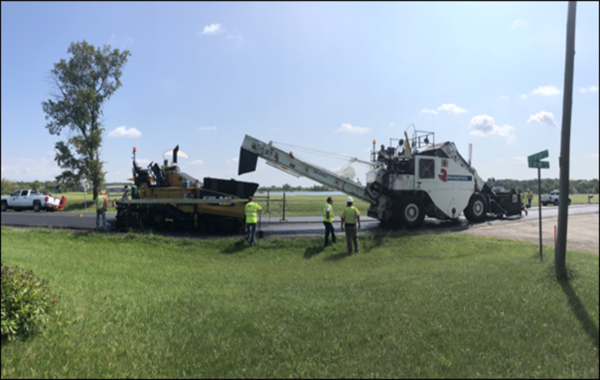

The CCPR mix was produced utilizing engineered emulsion and the road’s stockpiled asphalt millings at the central location, then loaded onto trucks and hauled back to the roadway site where the mix was being paved. About 37,000 tons of CCPR mix was produced at a rate of 300 tons per hour and the paving of the CCPR mix took 16 construction days. Once the construction and the curing of the paved CCPR mix was completed, the roadway was profile-milled and then a two-inch 12.5 mm surface mix was placed.

Initial post-construction FWD testing showed significant improvements in both surface and subgrade deflections. INDOT is planning on doing yearly testing in the future to develop MEPDG local calibrations. INDOT and surrounding communities were pleased with improvements made to SR 101. Not only were existing materials used, but 36 percent of costs were saved compared to using traditional reconstruction methods!
Sources
Brown, D. (2023). Success story. PPRA. https://roadresource.org/resources/68/success
Buildings. (2012, July 19). Advantages of full-depth pavement reclamation | buildings. Buildings. https://www.buildings.com/home/article/10189457/advantages-of-full-depth-pavement-reclamation
Los Angeles County. (2023). Full-depth reclamation (FDR). Department of Public Works. https://dpw.lacounty.gov/gmed/lacroads/TreatmentFullDepth.aspx#:~:text=FDR%20is%20an%20in%2Dplace,to%20increase%20its%20strength%20capacity.
Road Resource. (2023). Cold Central Plant Recycling (CCPR) strategies. PPRA. https://roadresource.org/treatment_resources/cold_central_plant_recycling
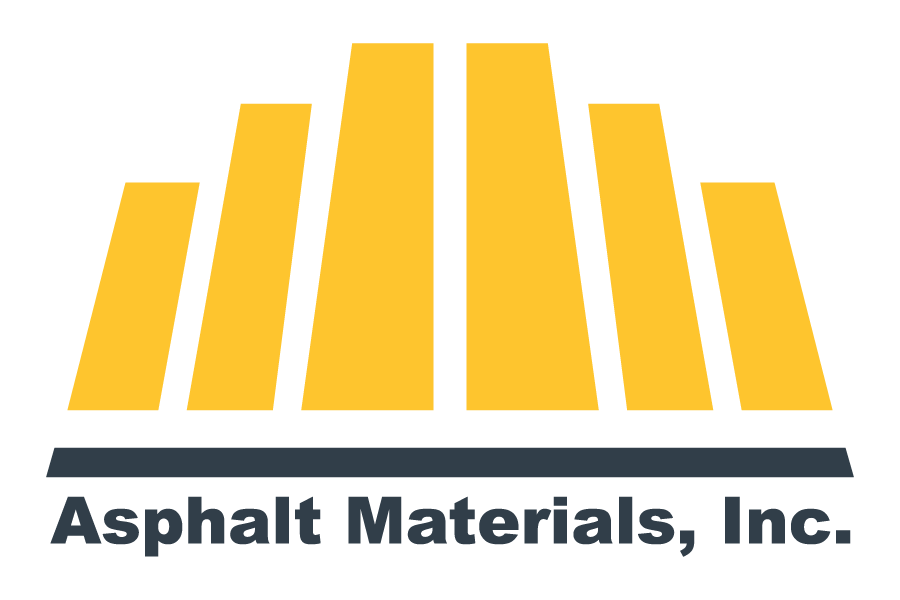
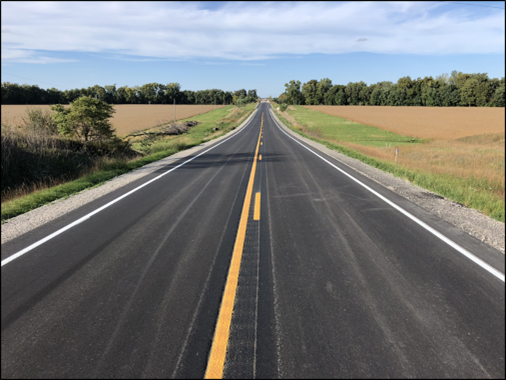


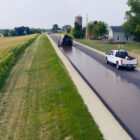

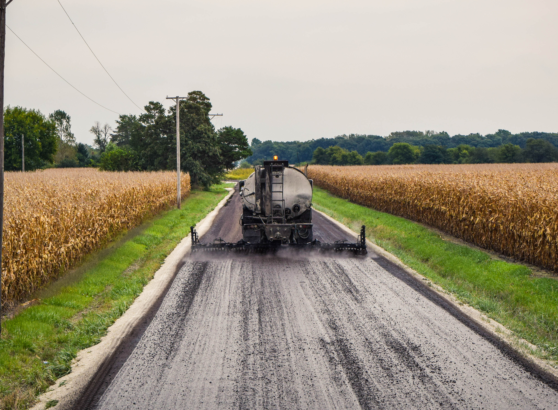

Recent Comments